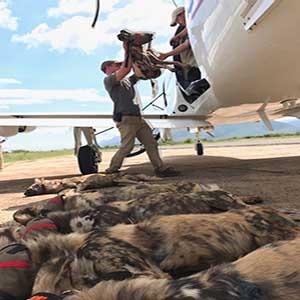Gorongosa National Park is at the southern end of the Great African Rift Valley in the heart of central Mozambique. The 3,770 km² park includes the valley floor and parts of surrounding plateaus.
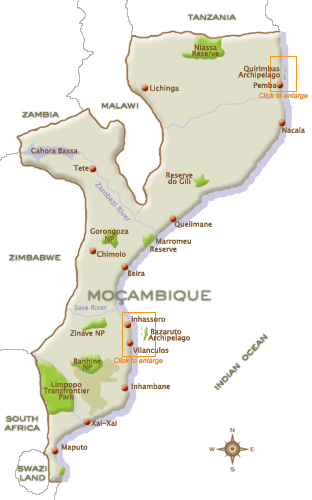 ©thesafaricompany.co.za
©thesafaricompany.co.zaSeasonal flooding and waterlogging of the valley, which is composed of a mosaic of different soil types, creates a variety of distinct ecosystems. Grasslands are dotted with patches of acacia trees, savannah, dry forest on sands and seasonally rain-filled pans and termite hill thickets. The plateaus contain miombo and montane forests and a spectacular rain forest at the base of a series of limestone gorges.
This combination of unique features at one time supported some of the densest wildlife populations in all of Africa, but large mammal numbers were reduced by as much as 95% and ecosystems stressed during Mozambique's long civil conflict at the end of the 20th century. In 2004 the Government of Mozambique and the US-based Carr Foundation agreed to work together to rebuild the park's infrastructure, restore its wildlife populations and spur local economic development—opening an important new chapter in the park's history. Between 2004 and 2007 the Carr Foundation invested more than $10 million in this effort. During that time the restoration project team completed a 60km² wildlife sanctuary and reintroduced buffalos and wildebeests to the ecosystem. They also began the reconstruction of Chitengo Safari Camp. Due to the success of this initial three-year project, the Government of Mozambique and the Carr Foundation announced in 2008 that they had signed a 20-year agreement to restore and co-manage the park.
In 2009 the first private ecotourism venture started in the park. Explore Gorongosa is a unique safari experience based from a seasonal luxury tented camp. Guests can take guided game and birding walks, night drives, and play an exclusive part in the park's visionary Restoration Project.
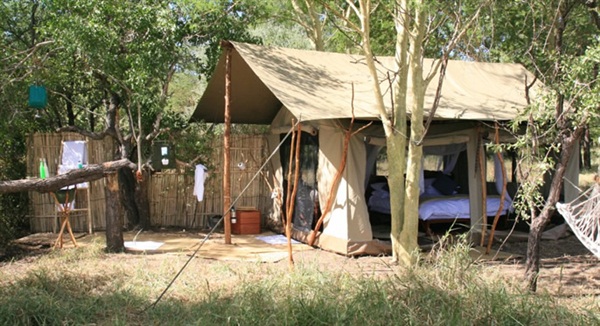 ©hotels-and-lodges.com
©hotels-and-lodges.com ©seethewild.org
©seethewild.orgGorongosa National Park protects a vast ecosystem defined, shaped, and given life by all the rivers that flow into Lake Urema. Lake Urema is located in the middle of the valley, about three-quarters of the way down from the Park's northern boundary. The Muaredzi River, flowing from the Cheringoma Plateau, deposits sediments near the outlet of the lake slowing its drainage. This "plug" causes the Urema River to greatly expand in the rainy season. Water that makes its way past this alluvial fan flows down the Urema River to the Pungue and into the Indian Ocean. In the flooded rainy season, water backs up into the valley and out onto the plains, covering as much as 200 km² in many years. During some dry seasons, the lake's waters shrink to as little as 10 km². This constant expansion and retraction of the floodplains, amidst a patchwork of savanna,woodland, and thickets, creates a complex mosaic of smaller ecosystems that support a greater abundance and diversity of wildlife than anywhere else in the park.
 ©considerafrica.com
©considerafrica.comChitengo Safari Camp is the main camping and accommodation area in Gorongosa National Park. Chitengo camp was originally built in 1941 but sadly most of the infrastructure was destroyed during the civil war. Restoration has taken place since 2004 and Chitengo now features nine new double storey bungalows, a conference centre and an 80 seater Restaurant. Chitengo’s camp sites have also been upgraded with new ablutions (with hot showers), a grill area, firepit, an area to wash clothes and a covered gazebo.
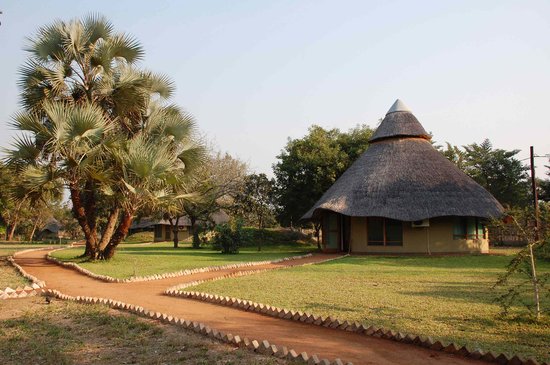 ©tripadvisor.com
©tripadvisor.com ©visit-mozambique.com
©visit-mozambique.comGorongosa is home to an astounding diversity of animals and plants—some of which are found nowhere else in the world. This rich biodiversity creates a complex world where animals, plants and people interact. From the smallest insects to the largest mammals, each plays an important role in the Gorongosa ecosystem. With effective management and reintroductions of key species, wildlife populations will regain their natural numbers and help restore the park's ecological balance.
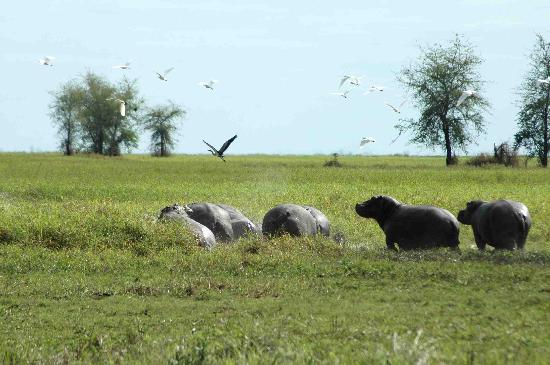 ©tripadvisor.com
©tripadvisor.com ©worldnomads.com
©worldnomads.com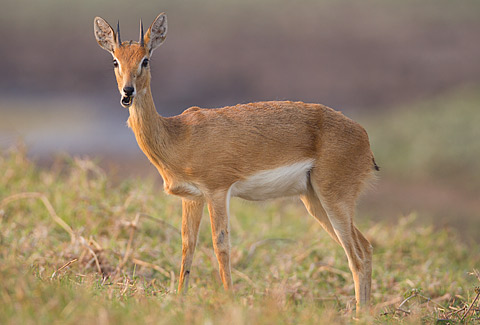 ©warwicktarboton.co.za
©warwicktarboton.co.zaGorongosa National Park has a seasonal shutdown from 12 December 2011 until end of March, 2012. This is due to heavy rains which make movement by car difficult (even 4 WD).
For reservation enquiries go to: http://www.gorongosa.net









